Ultimate Guide to RC Model Airplanes: Types, Building, Flying, Maintenance, and Safety
RC Model Airplanes, also known as radio-controlled model airplanes, are miniature aircraft designed and operated for recreational purposes. These aircraft are operated using a hand-held transmitter that sends instructions to the airplane’s control system. They are typically powered by electric motors, gas turbine engines, or nitro engines. RC model airplanes come in different types, each with varying features and characteristics. They can simulate the flight of real airplanes or helicopters, or be designed for aerobatics, racing, or simply casual flying. Building and flying RC model airplanes can be a fun and educational hobby that combines engineering, science, and creativity. In this article, we will discuss the various aspects of RC model airplanes, from types to flying and control, to maintenance and safety guidelines.
RC Model Airplanes: Tips and Resources for Building and Assembling
RC model airplanes are a popular hobby enjoyed by many enthusiasts. There are various types of RC model airplanes, each with different features and capabilities. Below are the three most common types:
- Gliders: Also known as sailplanes, gliders are RC model airplanes that use air currents to gain altitude and achieve long flights. They have no engines and rely on their wingspan, weight, and control surfaces to maintain their flight. Gliders are ideal for beginners and those who want a leisurely experience of flying.
- Sport Flyers: These are medium-sized airplanes that can perform various maneuvers such as flips, rolls, and loops. They are powered by electric motors and are designed for beginners with intermediate skills. Sport flyers come in different shapes, colors, and designs, and can be customized according to the user’s preference.
- Scale Models: These are highly detailed and realistic models of real airplanes and are designed for experienced users or collectors. Scale models can replicate the appearance, flight characteristics, and sounds of the original planes and can be powered by gas or nitro engines. Multiple resources are available online where modelers can acquire the necessary parts to build their own scale models.
Building and assembling RC model airplanes require precision and attention to detail. Many enthusiasts prefer to build their own planes from scratch, while others purchase pre-made kits or ready-to-fly planes. For beginners, it is recommended to start with a simple build or ready-to-fly option. Many online resources are available that offer building and assembly instructions, such as videos, articles, forums, and even courses. Additionally, several websites sell RC model airplane parts and accessories such as Horizon Hobby and Tower Hobbies, allowing enthusiasts to find all the necessary equipment for their needs.
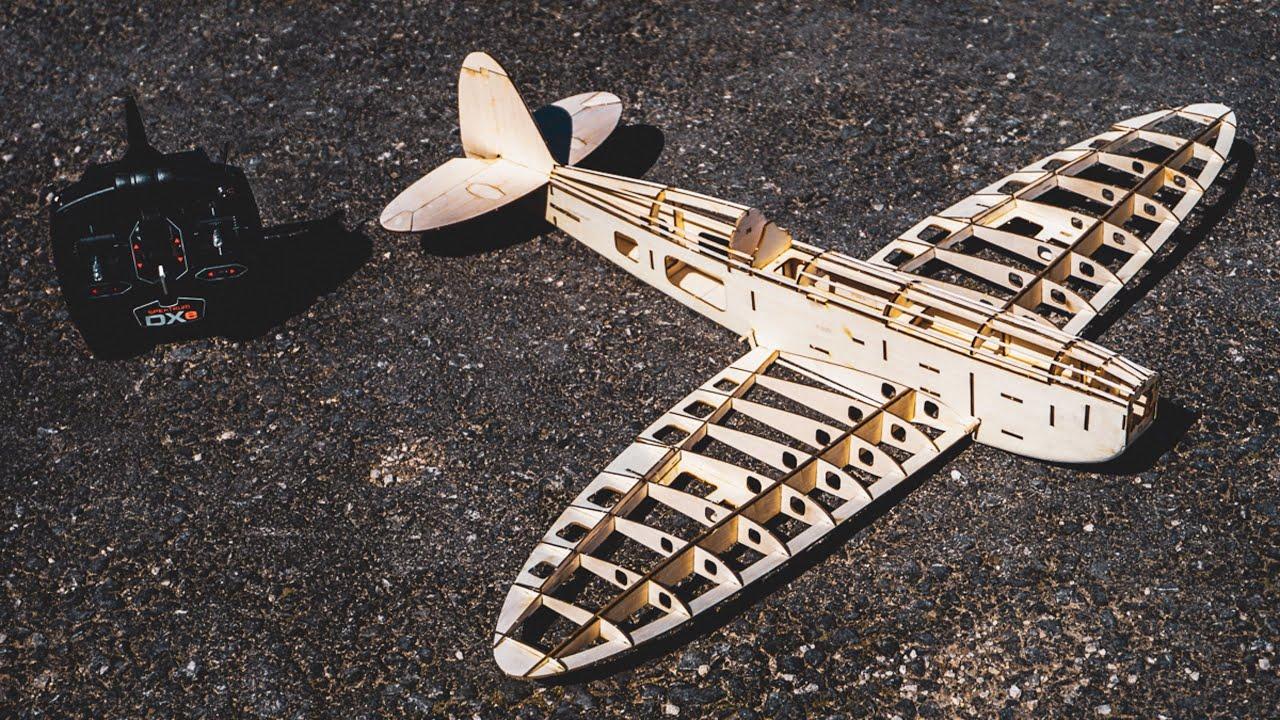
What resources are available for building and assembling RC model airplanes?
Resources such as online forums, hobby shops, specialized tools, kits, manuals, glue, paint, motors, radio controllers, and other hardware components are available for building and assembling RC model airplanes.
Materials and Tools for Building RC Model Airplanes
Building and assembling an RC model airplane requires the use of different materials and tools. In addition to the materials mentioned above, hobbyists may need adhesives, paints, screws, wires, and electronics, depending on the type of plane they want to build. Many specialty stores offer a wide variety of materials and tools for RC model airplane enthusiasts such as Hobby Lobby and Micro-Mark.
Moreover, various software options provide potential modelers with the opportunity to preview models in a virtual environment before attempting their first build. An example of this software is CAD, a 3D modeling software that allows for the creation and editing of digital models.
Below is a list of materials commonly used for building RC model airplanes:
- Balsa Wood: This is a lightweight, softwood commonly used for building the airplane’s frame and wings. It is easy to cut and shape, making it ideal for beginners, but also flexible and strong enough to withstand flight stress.
- Foam: This material is widely used for constructing the airplane’s fuselage as it is extremely lightweight and easy to carve. Foam planes can handle crashes better than other materials, making them ideal for beginners and hobbyists who are still learning how to fly.
- Carbon Fiber: This is a high-performance material used to reinforce the airplane’s wings and frame. It is incredibly strong and lightweight, providing excellent durability and maneuverability to the plane. Carbon fiber is commonly used in high-speed, aerobatic planes designed for experienced users.
- Plastic: This material is ideal for modeling small-scale planes, especially those with intricate details, as it can be molded and painted easily. However, plastic has a limited strength and is not recommended for larger models.
Below is a table summarizing the pros and cons of each material:
| Material | Pros | Cons |
|---|---|---|
| Balsa Wood | Easy to cut and shape, flexible and strong | Can be brittle and susceptible to weather damage |
| Foam | Lightweight, easy to carve and handle crashes | May not be as durable or aerodynamically stable as other materials |
| Carbon Fiber | Extremely strong, lightweight, and durable | Expensive and may require advanced skills to work with |
| Plastic | Allows for intricate designs and detailing, easy to paint and mold | Not recommended for larger planes, limited strength |
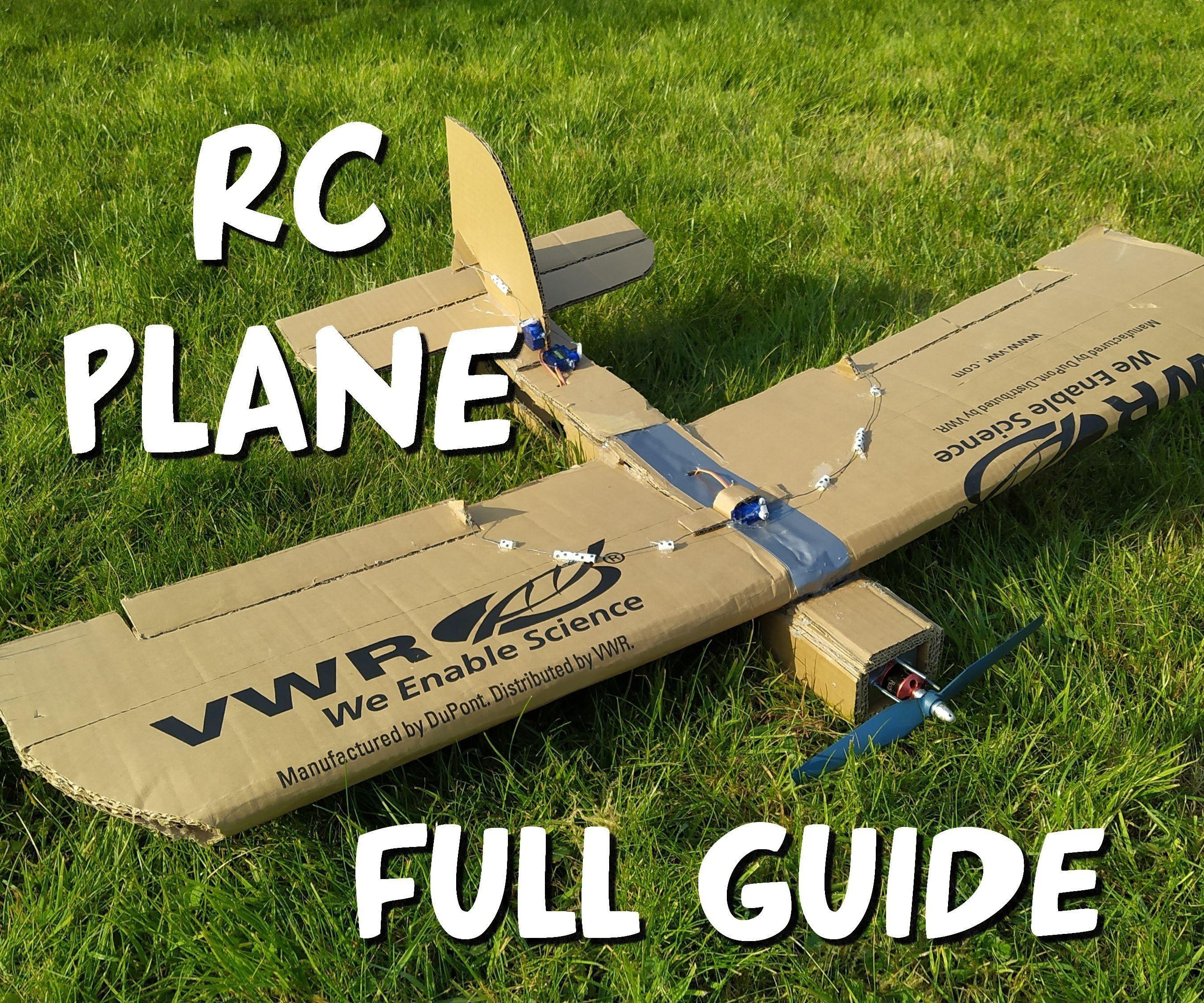
What are the different materials commonly used for building RC model airplanes?
Different materials commonly used for building RC model airplanes include balsa wood, plywood, foam, fiberglass, carbon fiber, and plastic.
Expert Tips for Flying RC Model Airplanes
Flying and controlling an RC model airplane requires skill, practice, and attention to detail. Here are some tips on how to handle an RC model airplane and its remote control:
- Start with a stable aircraft: Choose an aircraft that is easy to fly, stable, and forgiving. Avoid high-performance planes with complicated controls if you are new to the hobby.
- Use the right gear: Make sure your remote control transmitter and receiver have a good range, battery life and are well maintained. The plane should also be adequately fueled and prepped before each flight.
- Check the weather: Avoid flying your RC plane in high winds, rain, or other unfavorable weather conditions. Ideally, fly on clear, calm days when visibility is optimal.
- Take off: Launch your plane with enough speed and altitude to gain lift and stabilize it in the air. Use the throttle control to adjust the plane’s speed and altitude while keeping the wings level.
- Practice maneuvers: Once your plane is airborne, you can start practicing basic maneuvers such as turns, climbs, and descents. Learn how to use the different controls, including the throttle, rudder, ailerons, and elevator.
- Land safely: Make sure you have plenty of space to land your plane safely. Reduce the speed of the plane and descend gently until it touches the ground. Avoid crash landings, as these may damage the plane and the electronics.
Some online hobby stores, such as Tower Hobbies, offer a wide selection of RC model airplanes and remote control accessories. They also provide a range of resources such as forums, blog articles, and video tutorials to help hobbyists improve their skills and learn more about the hobby. Various social media outlets also provide forums for hobbyists to interact and share advice.
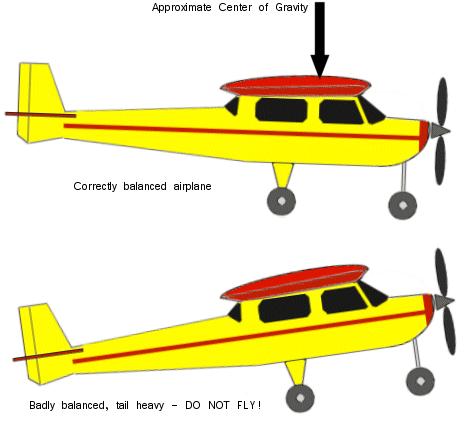
What are some resources available for RC model airplane enthusiasts to improve their skills?
Online forums, instructional videos, books, and local RC clubs are all great resources for RC model airplane enthusiasts to improve their skills.
Why Regular Maintenance and Repair is Important for RC Model Airplanes
Maintaining and repairing your RC model airplane is essential to keep it in top condition. Here are some tips on how to maintain and repair your RC model airplane:
- Regular cleaning: Clean your airplane after every flight to remove dirt and debris. Use a soft brush and cotton swabs to clean the electronics, motors, and other parts of the plane.
- Check battery and motor: Inspect the battery and motor before every flight. Make sure they are adequately charged, connected, and functioning correctly. Replace any damaged or worn out parts as needed.
- Check the frame: Check your airplane’s frame for any cracks, bends, or other damage. Repair or replace the damaged parts before the next flight.
- Test fly before major events: Test fly your airplane before major events like competitions or shows. Make sure the plane is working correctly and is tuned to your preferences.
Some online stores such as HobbyKing offer a wide range of spare parts, tools, and equipment for maintaining and repairing RC model airplanes. Online forums and instructional videos can also provide valuable information on how to fix or upgrade RC models. Regular maintenance and repair can help prolong the lifespan of your RC model airplane while ensuring optimal performance and safety.
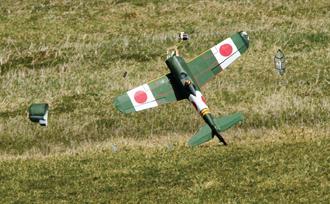
Where can I find spare parts and equipment for maintaining and repairing my RC model airplane?
You can find spare parts and equipment for maintaining and repairing your RC model airplane at specialty hobby stores, online shops, and manufacturer websites.
Safety Guidelines for Flying RC Model Airplanes
When flying RC model airplanes, safety should always be a top priority. Here are some safety guidelines to follow:
- Fly in designated areas: Fly your RC model airplane in designated areas that are safe and permitted by local regulations.
- Stay away from people: Keep a safe distance from people, animals, buildings, and other objects when flying your RC model airplane.
- Check your surroundings: Check your surroundings for obstacles, such as trees, power lines, or other RC model airplanes before taking off.
- Stay in control: Stay in control of your airplane and avoid flying too far or high. Maintain a clear line of sight with your RC model airplane at all times.
- Use proper equipment: Use proper equipment, such as safety glasses, gloves, and ear protection when necessary.
- Follow instructions: Follow the manufacturer’s instructions and guidelines when operating your RC model airplane and related equipment.
It’s important to learn and follow the safety guidelines to prevent accidents, injuries, or damage to property. In addition to following the safety guidelines, joining a local RC model airplane club or community can provide opportunities for learning, networking, and sharing experiences and tips. Online resources, such as RC model airplane blogs, forums, and social media groups can also offer valuable information and insights on how to fly and maintain RC model airplanes safely and enjoyably.
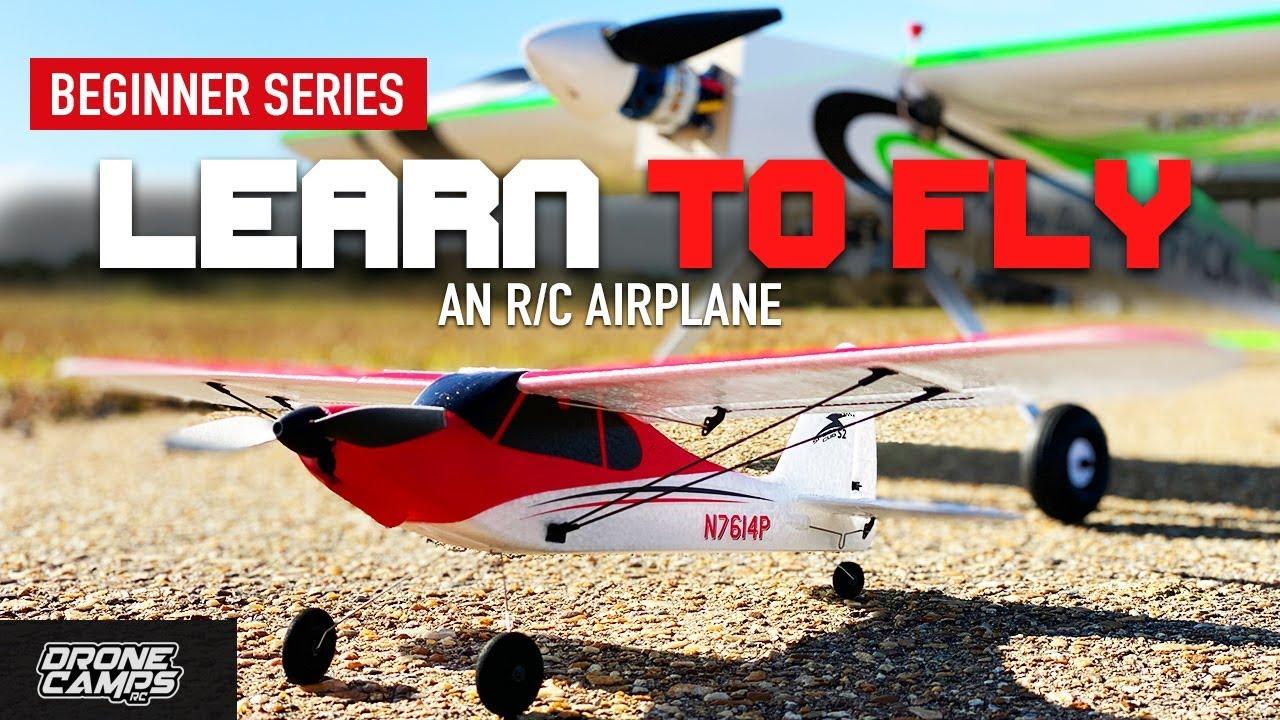
What type of equipment should be used for safety when flying RC model airplanes?
RC pilots should use safety equipment such as a helmet, safety glasses, and gloves when flying RC model airplanes. They should also follow local safety regulations and guidelines.
Conclusion
RC model airplanes provide a thrilling and rewarding hobby for enthusiasts of all ages and backgrounds. From the joy of building and assembling to the excitement of flying and controlling, RC model airplanes offer endless possibilities for creativity, learning, and fun. However, it’s important to remember that safety and responsibility should be a top priority when operating these machines.
By following the safety guidelines and learning from experienced RC model airplane pilots, you can minimize risks and maximize your enjoyment of this fantastic hobby. Whether you are a beginner or an advanced hobbyist, there are many resources available to help you navigate the world of RC model airplanes. From online tutorials and forums to local clubs and hobby stores, the community of RC model airplane enthusiasts is welcoming, supportive, and passionate.
So why not give RC model airplanes a try? With dedication, patience, and a sense of adventure, you can experience the thrill of flight, the joy of crafting, and the camaraderie of a like-minded community. Start building, start flying, and start exploring the exciting world of RC model airplanes today!



